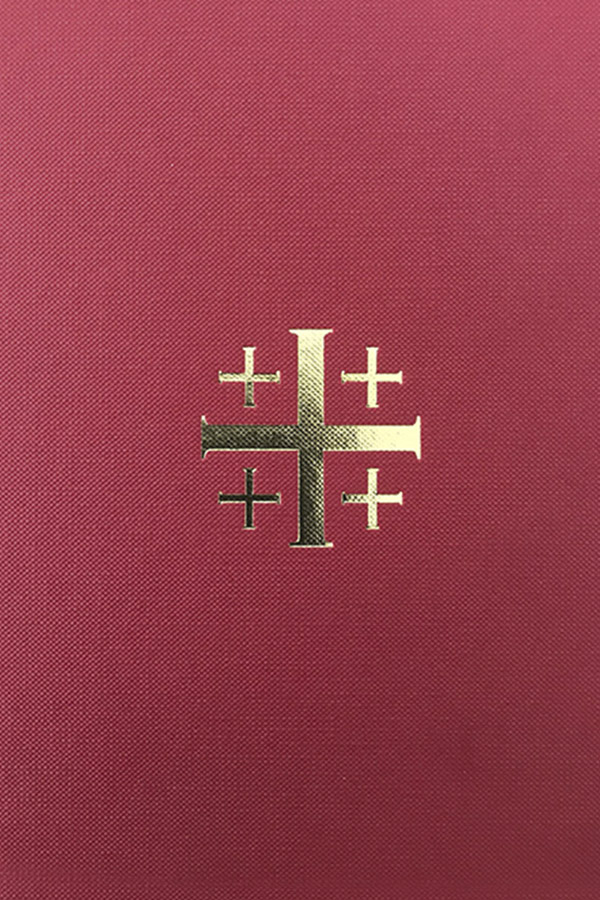We are a Christian ministry
12If we suffer, we shall also reign with him: if we deny him, he also will deny us: 13If we believe not, yet he abideth faithful: he cannot deny himself. 14Of these things put them in remembrance, charging them before the Lord that they strive not about words to no profit, but to the subverting of the hearers. 15Study to shew thyself approved unto God, a workman that needeth not to be ashamed, rightly dividing the word of truth.
2 Timothy 2:15
Description
After six years of the Church’s use of draft liturgies (Texts For Common Prayer 2013 and Texts For Common Prayer II 2018), and the receipt of extensive comments from all across the Church, and significant revisions and refinements, in January 2019 the College of Bishops approved the last wave of liturgies in their final form. One of the documents then approved was the Preface, which includes this helpful introduction to worship in the prayer book tradition:
At the beginning of the 21st century, global reassessment of the Book of Common Prayer of 1662 as “the standard for doctrine, discipline and worship” shapes the present volume, now presented on the bedrock of its predecessors. Among the timeless treasures offered in this Prayer Book is the Coverdale Psalter of 1535 (employed with every Prayer Book from the mid-16th to the mid-20th centuries), renewed for contemporary use through efforts that included the labors of 20th century Anglicans T.S. Eliot and C.S. Lewis, and brought to final form here. The Book of Common Prayer (2019) is indisputably true to Cranmer’s originating vision of a form of prayers and praises that is thoroughly Biblical, catholic in the manner of the early centuries, highly participatory in delivery, peculiarly Anglican and English in its roots, culturally adaptive and missional in a most remarkable way, easily accessible to the people.
The Book of Common Prayer, from the first edition of 1549, has been the hallmark of a Christian way of worship and believing that is both catholic and reformed, continuous yet always renewing. However, the Book of Common Prayer 1979 in the United States and Prayer Books that appeared in Anglican Provinces from Kenya to Singapore were often more revolutionary than evolutionary. Eucharistic prayers in particular often bore little resemblance to what had for centuries been the Anglican norm.

